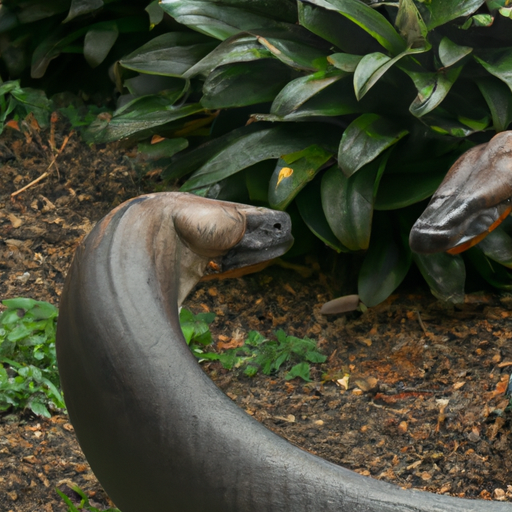 Introduction:
Introduction:
Human-wildlife interactions have been a subject of fascination and concern for centuries. While many species coexist peacefully with humans, there are instances when animals may attack humans. This article aims to explore the various factors that contribute to such incidents, shedding light on the complex dynamics between humans and animals in their natural habitats.
1. Instinctual Behavior:
Animals, driven by instinct, have evolved over millions of years to prioritize survival and protect their territories, young, or resources. When humans encroach upon their territory or threaten their safety, animals may resort to aggression as a means of defense. Bears, for instance, may attack humans when they perceive them as potential threats to their cubs or food sources.
2. Provocation:
Certain animal attacks occur due to provocation by humans. This can include approaching wildlife too closely, attempting to touch or feed them, or engaging in activities that disrupt their natural behavior. For example, approaching a wild elephant without proper caution may trigger an aggressive response due to the perception of a threat.
3. Misperception or Misidentification:
In some instances, animal attacks occur as a result of misperception or misidentification. Animals may confuse humans with their natural prey or perceive them as rivals. This is particularly relevant in cases involving sharks, where surfers or swimmers may be mistaken for seals, a common prey item.
4. Fear and Stress:
Fear is a potent emotion that can trigger defensive actions in animals. When animals feel trapped, cornered, or threatened, they may attack as a survival instinct. This can occur during encounters with snakes, spiders, or even larger mammals like lions or tigers in captivity.
5. Disease or Injury:
Animals suffering from diseases or injuries may exhibit altered behavior, increasing the likelihood of an attack. Rabid animals, for example, can become highly aggressive and attack anything in their vicinity, including humans. Similarly, injured animals may feel vulnerable and resort to aggression as a protective mechanism.
6. Habituation to Humans:
In certain situations, animals can become habituated to human presence, losing their natural fear response. This can be observed in urban areas where wildlife such as raccoons, foxes, or coyotes become accustomed to human activity, potentially leading to conflicts and attacks if they feel threatened or cornered.
7. Environmental Factors:
Environmental factors, including scarcity of food or water, habitat loss, and climate change, can influence animal behavior and increase the likelihood of encounters with humans. As animals seek resources in altered landscapes, the probability of conflicts and attacks rises.
8. Human Encroachment:
Human encroachment on wildlife habitats through urbanization, deforestation, or agricultural expansion disrupts existing ecosystems, forcing animals into closer proximity with people. This encroachment escalates the likelihood of encounters with potentially dangerous species, such as large predators.
9. Lack of Awareness and Education:
Humans’ lack of awareness and understanding of wildlife behavior can inadvertently lead to conflicts and attacks. By educating communities, promoting responsible behavior around wildlife, and providing information on avoidance strategies, the chances of potentially dangerous encounters can be minimized.
Conclusion:
While animal attacks on humans are relatively rare, it is crucial to understand the factors that contribute to such incidents. By acknowledging the instinctual behavior of animals, avoiding provocation, respecting their habitats, and promoting education, we can coexist harmoniously with wildlife, minimizing the risks to both humans and animals. Responsible practices, combined with conservation efforts, hold the key to maintaining a balance between human activities and the natural world.
